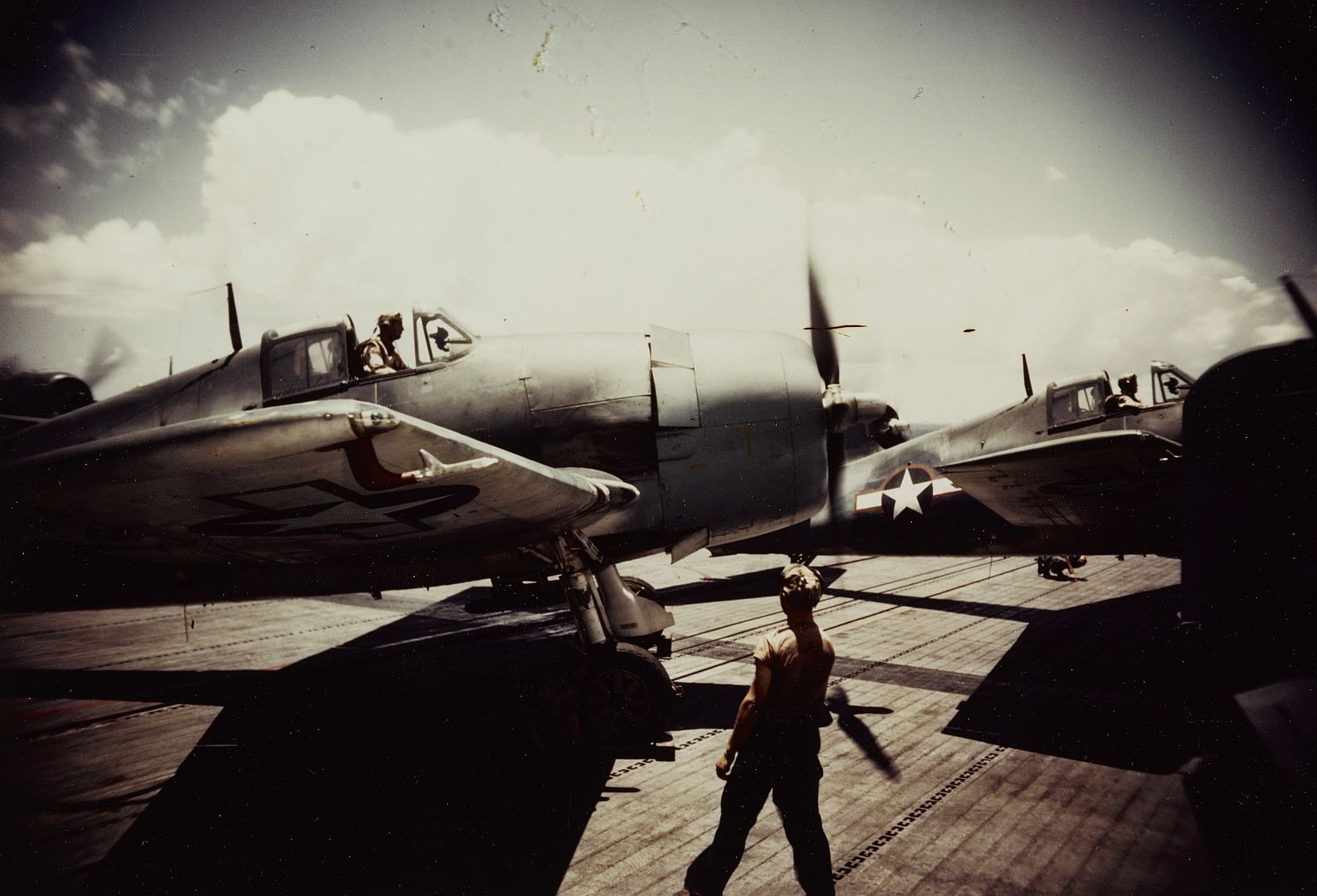Forums
- Forums
- Axis And Allies Forum
- General Discussion
- Photo of the week
Photo of the week
Post a reply
- Go to Next topic
- Go to Welcome
- Go to Introduce Yourself
- Go to General Discussion
- Go to Screenshots, Images and Videos
- Go to Off topic
- Go to Works in Progress
- Go to Skinning Tips / Tutorials
- Go to Skin Requests
- Go to IJAAF Library
- Go to Luftwaffe Library
- Go to RAF Library
- Go to USAAF / USN Library
- Go to Misc Library
- Go to The Ops Room
- Go to Made in Germany
- Go to Campaigns and Missions
- Go to Works in Progress
- Go to Juri's Air-Raid Shelter
- Go to Campaigns and Missions
- Go to Works in Progress
- Go to Skinpacks
- Go to External Projects Discussion
- Go to Books & Resources
-
 Main Admin
Main Admin -
3 years agoFri Apr 01 2022, 09:26pmDuggy
 Main Admin
Main Admin -
 Main AdminThis weekends extra.
Main AdminThis weekends extra.
In 1942, the RAAF accepted a number of Mitchells on behalf of the Dutch Government. These aircraft equipped No 18 (Dutch East Indies) Squadron and, by 1945, 150 Mitchells of various marks had been received.
In April 1944, No 2 Squadron replaced its Beauforts with Mitchells and the first 39 aircraft (A47-1/39) were transferred from No 18 Dutch East Indies Squadron. A total of 50 Mitchells were operated by No 2 Squadron including 30 Mitchell IIs (A47-1/25, 33/37) and 20 Mitchell IIIs (A47-26/32, 38/50). The Mitchells of Nos 2 and 18 Dutch East Indies Squadrons formed No 79 Wing, and these aircraft carried out many successful strikes against enemy targets.
At the end of the war, the Mitchells of No 2 Squadron helped evacuate and return many prisoners of war, and the aircraft were finally phased out of service in 1946.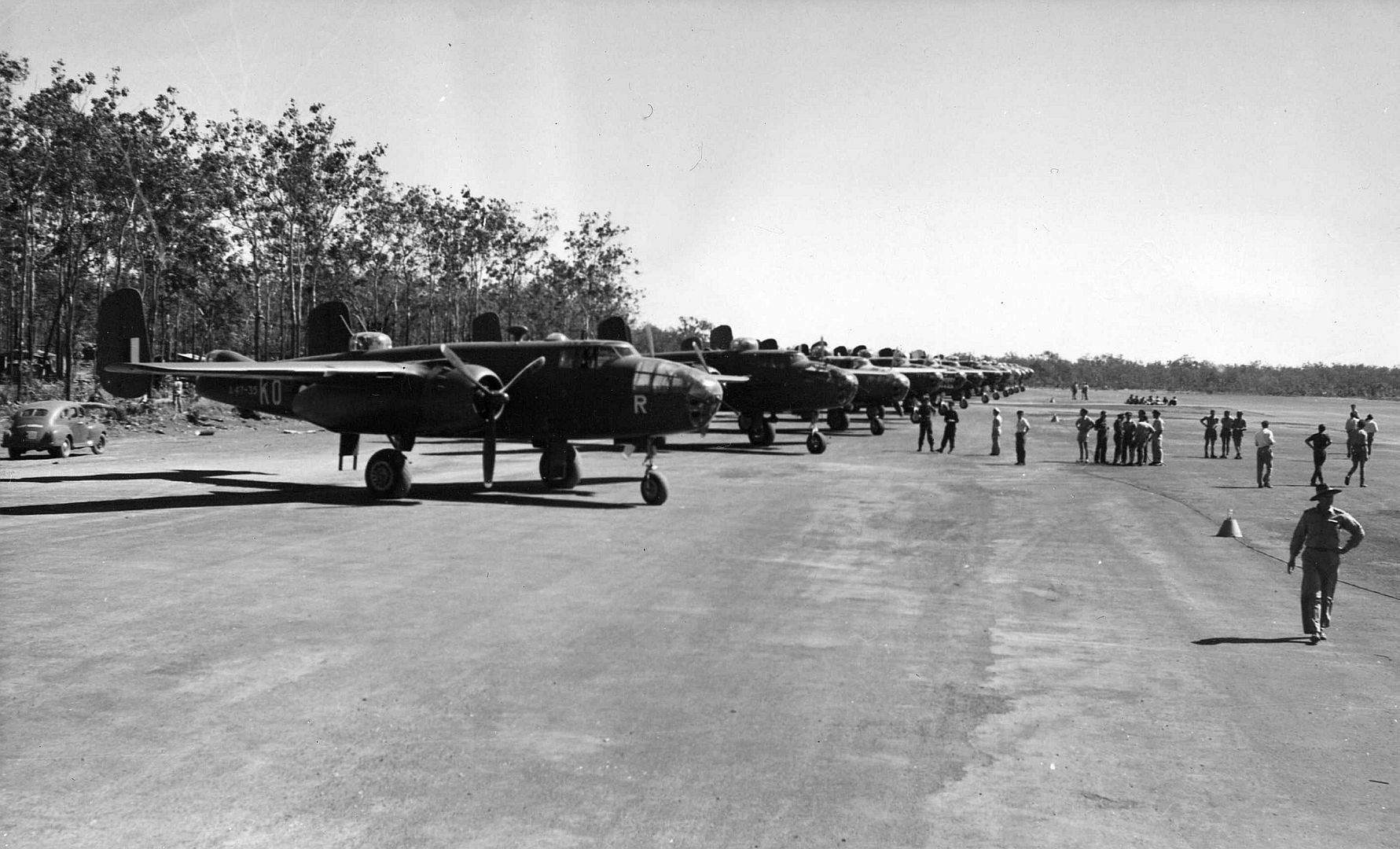

-
 Main Admin
Main Admin -
 Main AdminThis weekends photo.
Main AdminThis weekends photo.
The B-17E was the first version of the Fortress to be produced in large numbers. It was originally designed to correct some of the deficiencies in the earlier Fortresses that had been brought to light as a result of combat reports coming in from Europe. The modifications which resulted in the B-17E were destined to turn an airplane which had been a relative failure into an outstanding success.
It is often written that the B-17E was the result of initial experience with the B-17C and D during the first months of combat in 1942 in the Pacific against the Japanese. Other sources report that the B-17E had its origin in the negative experience that the RAF had with the Fortress I (B-17C) over Europe in the summer of 1941. Neither view is correct, since the B-17E was first ordered on August 30, 1940, and the first prototype took to the air on its maiden flight on September 5, 1941.
The crews of early Fortresses (primarily B-17C and D) were well aware of the existence of a rather severe blind spot immediately to the rear, making it almost impossible to direct defensive firepower against an enemy fighter approaching from that direction. Early USAAC Fortress pilots had been forced to devise some rather ingenious maneuvering techniques to get around this problem--when attacked from the rear they would jink the aircraft back and forth, making it possible for the left and then the right waist gunners alternatively to get in fleeting shots at the attacker. However, in the tight formations that became de rigeur during missions over Germany during 1943-44, such maneuvering would have been downright dangerous.
In search of a better solution, the B-17E introduced a completely new rear fuselage with a manually-operated turret housing two 0.50-inch machine guns fitted in the extreme tail. In order to accommodate the tail gun, the fuselage of the B-17E was a full six feet longer than that of the D.
A Bendix electrically-powered turret containing two 0.50-inch machine guns was installed on the upper fuselage immediately behind the flight deck. This turret was usually operated by the flight engineer. The oval waist positions were replaced by rectangular apertures with removable windows. A single 0.50-inch machine gun could be mounted behind each of these windows.
A power-operated belly turret replaced the ventral "bathtub" housing of the B-17D. This turret was remotely-controlled by a system of mirror periscopic sights from a Plexiglas bubble below the waist hatches.
In order to achieve better stability during the bomb run, the span of the horizontal tailplane was increased, the vertical tail was greatly increased in area, and a long dorsal fin was fitted in front of the tail.
The first B-17E flew on September 5, 1941. It immediately superseded the B-17D on the production line, and as fast as they could leave the production line, they were issued to operational units.
Boeing 299-O B-17E Flying Fortress (41-2393 c/n 2204) US Army Air Forces was the prototype of the B-17E. It was delivered to Wright Field, Dayton, Ohio, USA, on October 3, 1941 and then went to Eglin Field, Valpariso, Florida, USA, on October 10, 1941; Langley Field, Hampton, Virginia, USA, on December 28, 1941; and finally to Gander Airport, Dominion of Newfoundland, on January 8, 1942. The aircraft crashed the next day (January 9, 1942)."
-
 Main Admin
Main Admin -
 Main AdminThis midweeks photo.
Main AdminThis midweeks photo.
Photo-reconnaissance variant, named 'Connie the Sharp Article' and then 'Pick II'. Aircraft of Lt Roy W. Brown. Shipped to the USA aboard the HMS Reaper. Ferried from Newark to Pittsburgh and then to Freeman Field on 19 August 1945 by Col Harold Watson. Became 'FE-4012'. This aircraft had a fighter nose substituted for the bulged reconnaissance version after arrival in the US. It is now at the Planes of Fame Museum at Chino in California wearing the incorrect W Nr 111617.
This aircraft was surrendered to US Forces at Lechfeld and was named Connie the Sharp Article, with the number '444'. It was later re-named Pick Il by Watson's Whizzers. It came to the USA aboard HMS Reaper and was flown from Newark to Freeman Field IV Col Watson on 19th August 1945. While at Freeman Field it was reconditioned and given an overall smooth finish for performance comparison with the Lockheed P-80. This process almost certainly involved the removal of its photo-reconnaissance-type nose and its replacement by a fighter-type nose without camera bulges. On about 17th May 1946 Col Watson flew the aircraft to Patterson Field for the start of this series of trials. It was flown at Patterson and Wright Fields on test work for 4 hours and 40 minutes (8 flights), being flyable at Wright Field in August 1946. Flight trials were discontinued after four engine changes were required during the course of the tests, culminating in two single-engine landings.
It was later handed over to the Hughes Aircraft Company. Howard Hughes proposed to enter the aircraft in air races in competition with USAF P-80s but this was officially frowned upon and the proposal was cancelled. The '262 had, in the meantime, been shipped to Hughes at Culver City, Ca, and was assembled and the engines run, but it was not flown by the Hughes company.
The '262 was disposed of to the Glendale Aeronautical School for use as an instructional airframe, until, after some years it was acquired by Edward T. Maloney for his Air Museum at Ontario, California. FE-4012 is currently with the Museum at Chino Airfield, California, marked as W Nr 111617, which is incorrect, the color scheme being copied from the original 111617, which was scrapped on a dump near Munich at the end of the war.
-
 Main AdminThis weekends photos.
Main AdminThis weekends photos.
Established in 1948 as the 3170th Special Weapons Group following a decision to consolidate all USAF special weapons activities under AF Special Weapons Command. Was tasked with testing all aircraft in the United States inventory for nuclear weapons delivery capability.
Its overall mission was specifically to:
Marry all nuclear weapon types to all suitable types of aircraft
Establish the ballistics of each type of nuclear weapon on precision bomb ranges
Support the Atomic Energy Commission (AEC) with live test drops at Nevada and in the Pacific
Fly through and “sample” highly radioactive nuclear “clouds” after explosions at those test drops and collect atmospheric samples of nuclear materiel.
The group also recommended military characteristics and requirements for special weapons, provided facilities for training programs, and maintained an instrumentation laboratory and a technical liaison with the Air Force Special Weapons Program (AFSWP), AEC, and others. The top bomber and fighter pilots in the USAF and expert support personnel were transferred to the 4925th Special Weapons Group. These included bomber, fighter, and helicopter pilots; bombardiers; nuclear project engineers; depot level modification personnel; aerial cameramen; and crew chiefs and crews. Each had to have AEC “Q” clearance, a background check by the Federal Bureau of Investigation [FBI] that went back 15 years.
The group was established within a double-barbed-wire-fence complex dubbed “Area Charlie” with a small sign on the gate reading “Santa Fe Operations”. In July 1951, the 4925th Special Weapons Group was redesignated the 4925th Test Group (Atomic) and continued as an important component of KAFB’s nuclear responsibilities.
During the early 1950s the 4925th Test Group (Atomic) participated in the majority of atmospheric nuclear tests, both in the Pacific and in Nevada. The group completed nuclear live drops at both the Nevada and Pacific test complexes and ballistic drops, or duplicates of the real thing, at the Edwards AFB Precision Bomb Range, the AEC Salton Sea Precision Bomb Range in southeastern California, and the Low Altitude Bombing System (LABS) Bomb Range near Edwards AFB. The 4925th Test Group (Atomic) also participated in drops at the Navy Auxiliary Air Station Bomb Range, California, Tonopah Bomb Range, Nevada, White Sands Missile Range, New Mexico (Hardison 1990), and at KAFB’s Practice Bomb Range on Isleta Pueblo, New Mexico.
The group participated in AFSWC Development Directorate investigated projects such as adding a parachute to a bomb to delay delivery, which allowed for the combat crew to release the bomb and escape before it exploded. The goal of one of the early lay-down projects was to determine the feasibility of delivering a parachute-retarded thermonuclear weapon weighing more than 40,000 pounds, the heaviest nuclear weapons in the stockpile, from altitudes exceeding 40,000 feet. One early effort was the development of a system that could retard the fall of either a TX-14 or a TX-16 weapon, heavy airburst bombs, from altitudes of 40,000 feet to 4,000 feet in 167 seconds from a B-36 Peacemaker.
In 1956, however, AFSWC was directed to establish a permanent USAF Air Task Group for atmospheric tests. Thus, in 1956, the 4950th Test Group (Nuclear) was created, holding equal stature to the 4925th Test Group (Atomic). At that point, the atmospheric test participation of the 4925th Test Group (Atomic) was cut back and the group focused on the aircraft/weapon marriage mission. The group evaluated equipment for the installation of special weapons into aircraft. This included sway braces, bomb suspension and control systems, pylons and racks, handling and loading equipment, and control and monitor apparatus.
During 1956 the 4925th Test Group (Atomic) worked on equipment testing to provide single Mk-15 and Mk-21 capabilities for the B-52. Both configurations were in use by the end of 1956, and successful flight and drop tests continued into February 1957. The group also began testing the TX-28 with the swept-wing F-84F “Thunderstreak.” Aircraft modifications included pylon and weapon loading and compatibility, proper functioning of the units, clearances, and complete electrical checks of the special weapons control. Flights determined aerodynamic loads, vibration, stability and control affects in straight and level, flight dive and LABS maneuvers. A new technological innovation in the early 1950s, LABS was a component of the flight control system; it controlled an aircraft automatically during low-altitude bombing. These test maneuvers were made at various true airspeeds, altitudes, and release and dive angles.
In 1957, AFSWC, including the 4925th Test Group (Atomic), assisted the ADC with the loading of the first operational Genie rocket onto F-89J “Scorpion” aircraft (Greene et al. 1957). The F-89J was the aircraft used for the live test fire of the Genie rocket at the Nevada Test Site and became the ADC’s first fighter-interceptor to carry nuclear armament. Other aircraft tested by the 4925th Test Group (Atomic) included B-29, B-50D Superfortress, B-36H Peacemaker, B-45, B-47 Stratojet, B-57, and B-66 bombers. These were paired with fission and thermonuclear bombs, both established and those in development.
In 1956, the 4950th Test Group (Nuclear) took responsibility for the 4926th Test Squadron (Sampling). In 1960, the 4926th Test Squadron (Sampling) moved from the 4950th Test Group (Nuclear) and consolidated with other organizations into the 4925th Test Group (Atomic).
Inactivated in 1961 after 1958 moratorium of atmospheric nuclear testing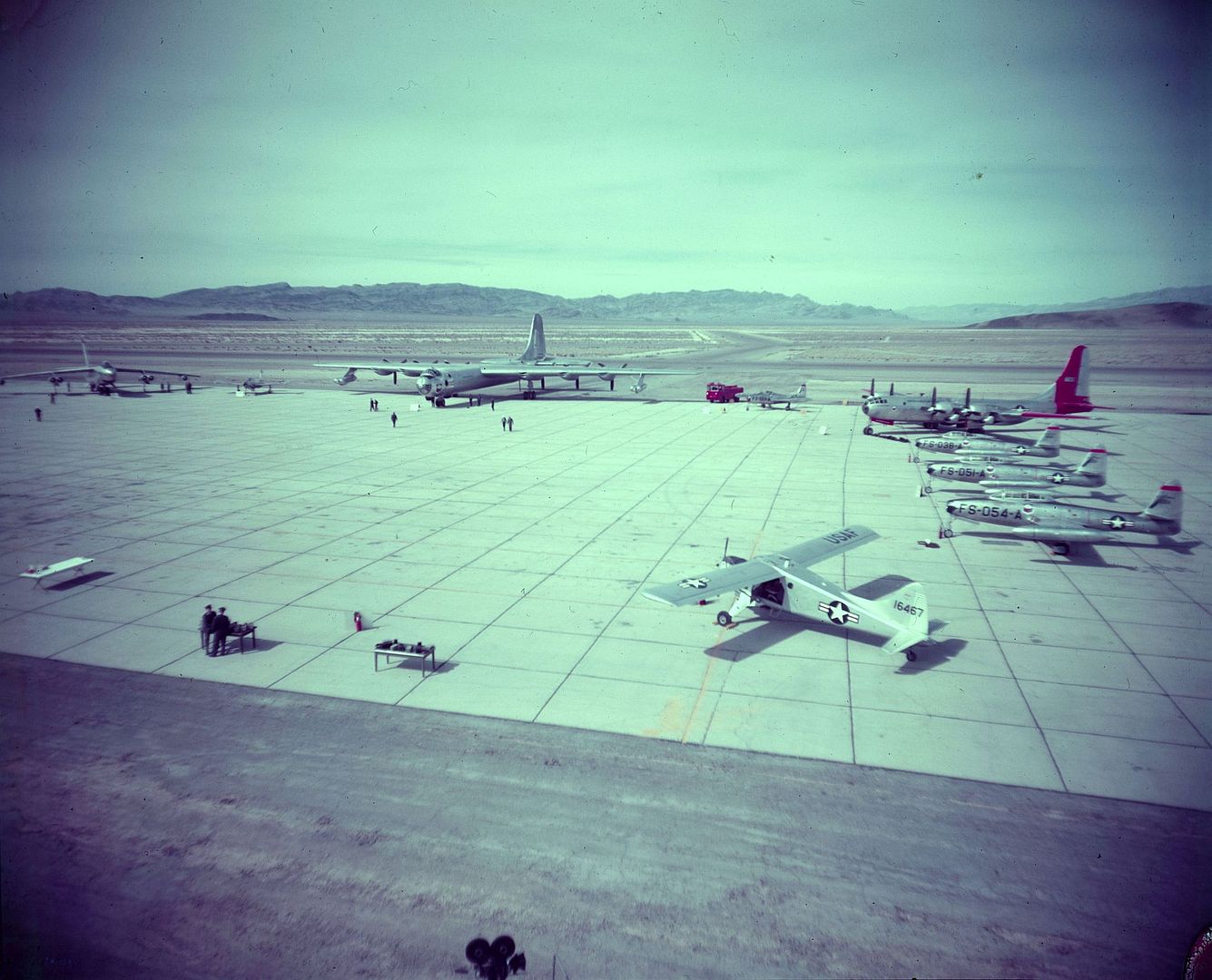

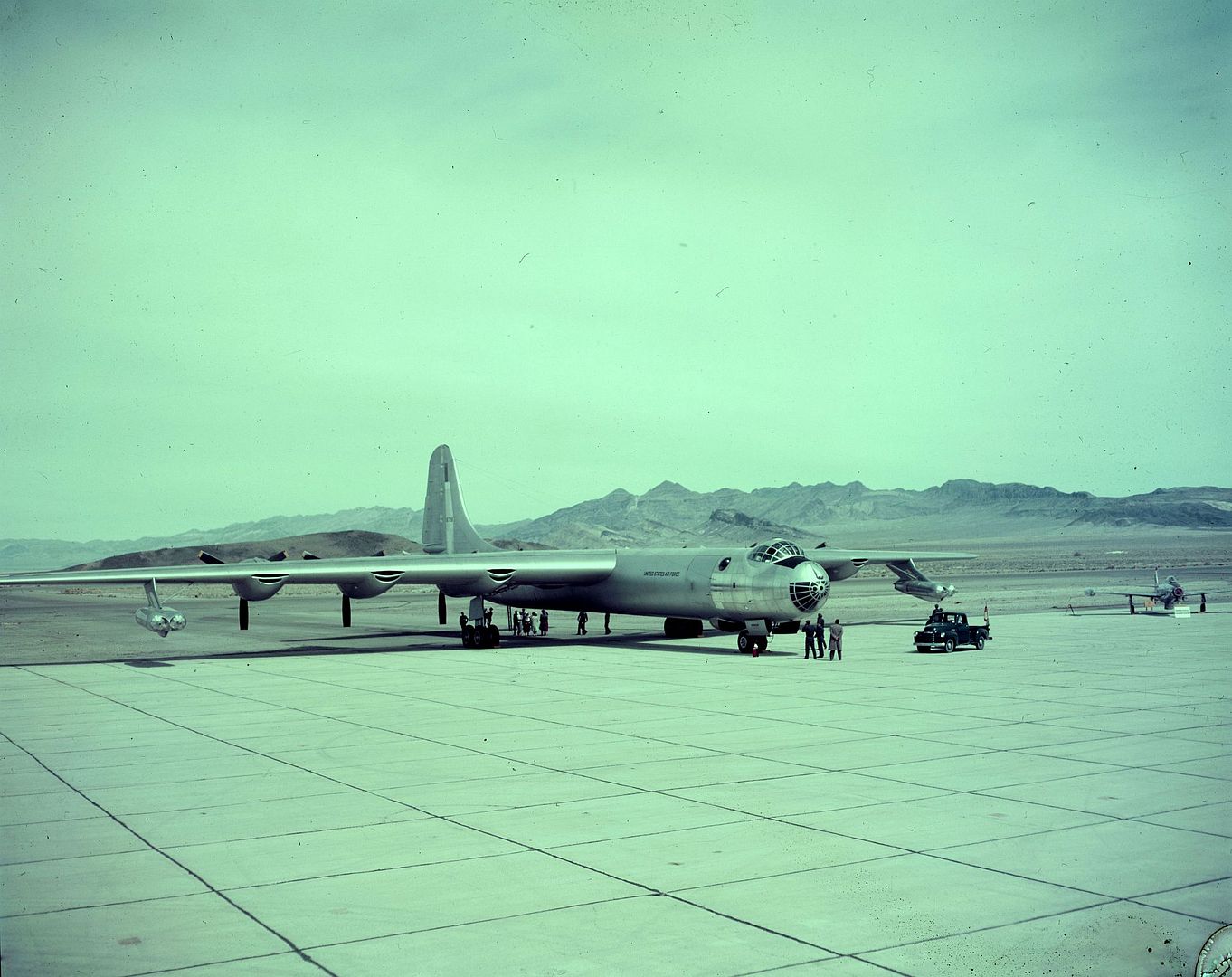

-
 Main Admin
Main Admin -
 Main Admin
Main Admin
Post a reply
- Go to Next topic
- Go to Welcome
- Go to Introduce Yourself
- Go to General Discussion
- Go to Screenshots, Images and Videos
- Go to Off topic
- Go to Works in Progress
- Go to Skinning Tips / Tutorials
- Go to Skin Requests
- Go to IJAAF Library
- Go to Luftwaffe Library
- Go to RAF Library
- Go to USAAF / USN Library
- Go to Misc Library
- Go to The Ops Room
- Go to Made in Germany
- Go to Campaigns and Missions
- Go to Works in Progress
- Go to Juri's Air-Raid Shelter
- Go to Campaigns and Missions
- Go to Works in Progress
- Go to Skinpacks
- Go to External Projects Discussion
- Go to Books & Resources
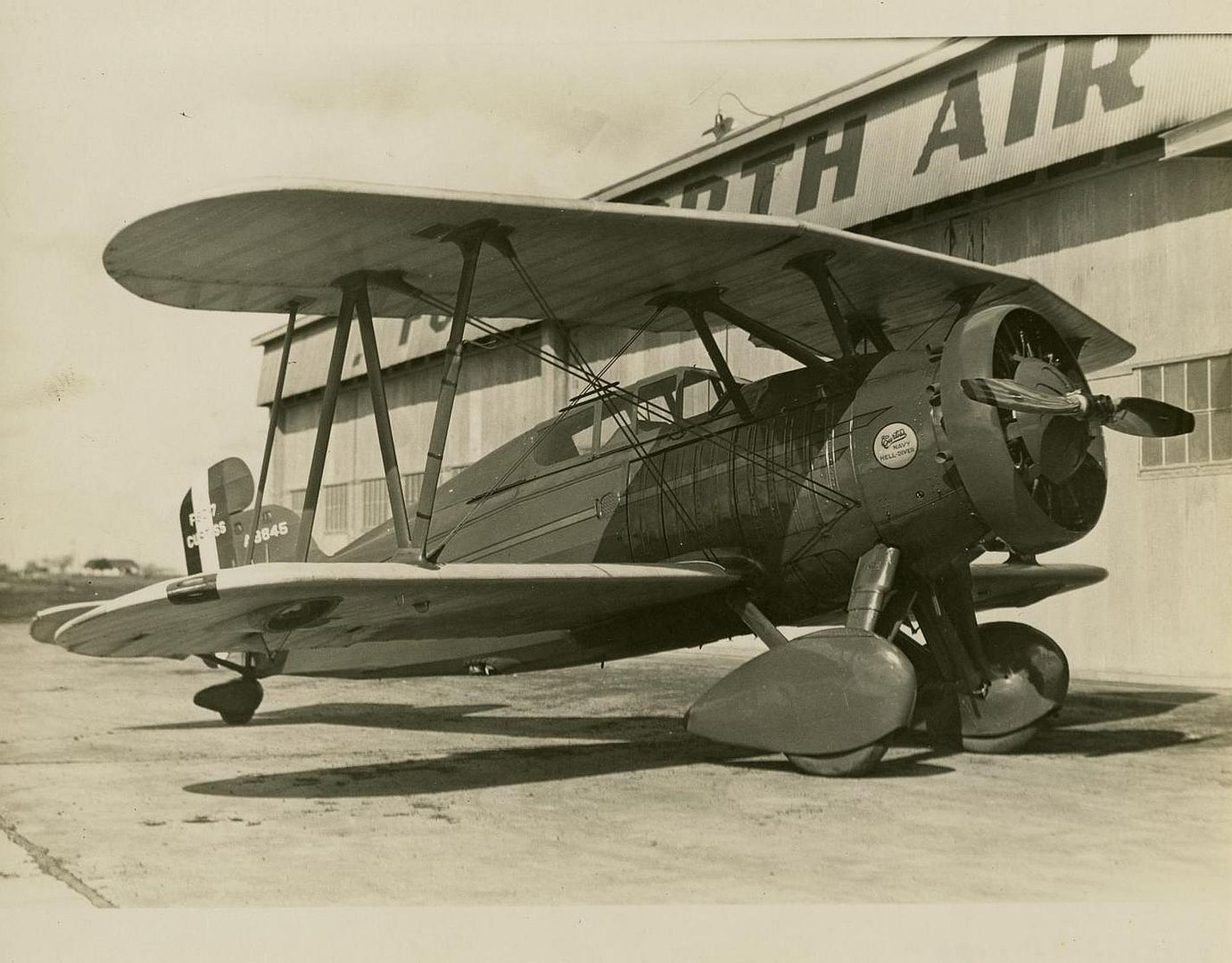

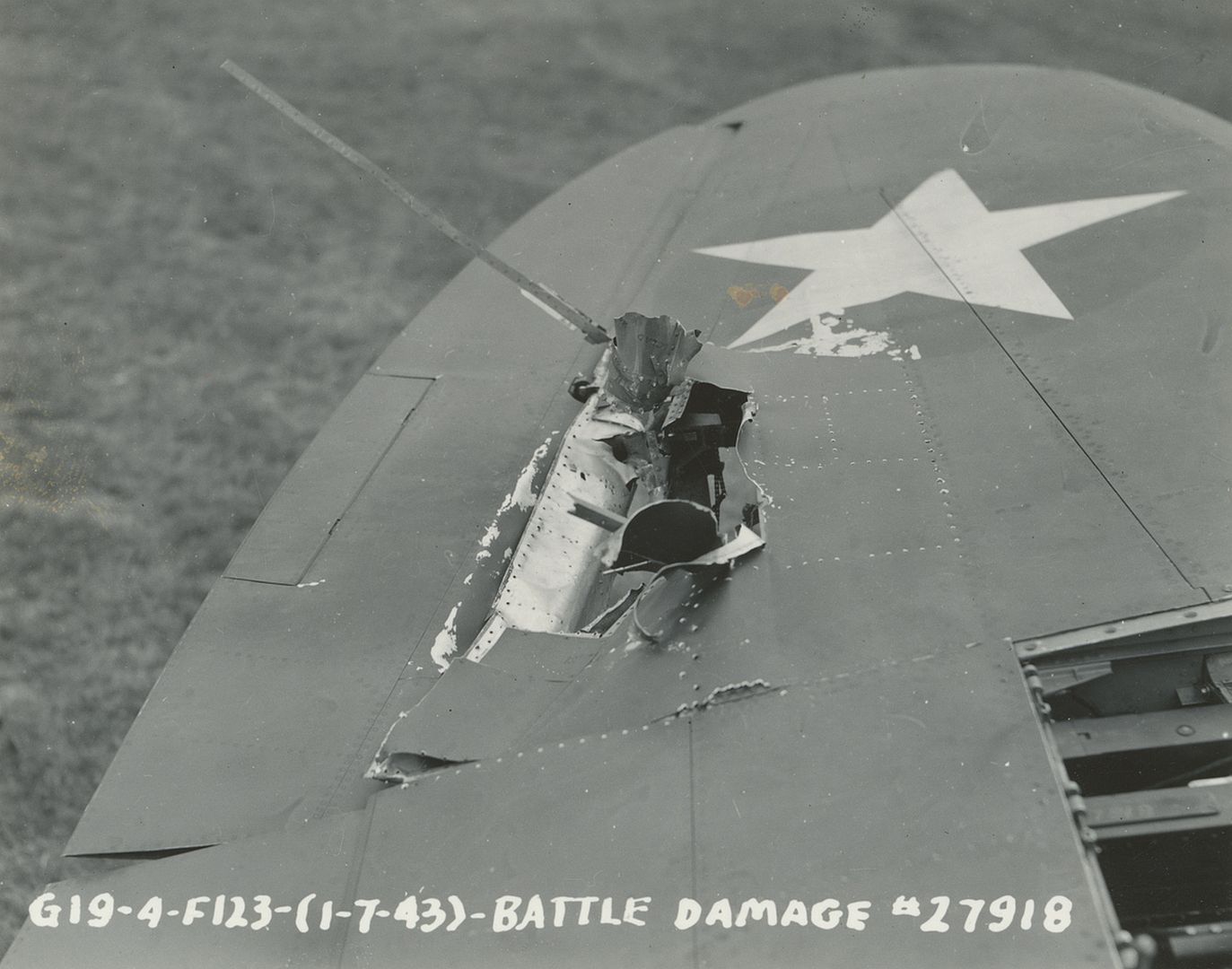
_parked_by_a_hangar_January_7_1943-1..jpg?width=1920&height=1080&fit=bounds)
_parked_by_a_hangar_January_7_1943..jpg?width=1920&height=1080&fit=bounds)
.jpg?width=1920&height=1080&fit=bounds)
.jpg?width=1920&height=1080&fit=bounds)




